I Photographed the Surreal Week Coronavirus Gripped My City
![]()
Two weeks ago Prague was thronged with tourists and businesses were humming as the city headed into a long-awaited spring. Today the lanes and famous squares of my adopted town stand virtually empty, nearly all businesses are shut, locals are confined indoors for all but “essential” trips outside, and facemasks are mandatory for anyone who steps into public transport.
I photographed this surreal situation as it escalated, and as new measures attempting to halt the spread of the coronavirus were imposed nearly daily. Here is what I watched unfold.

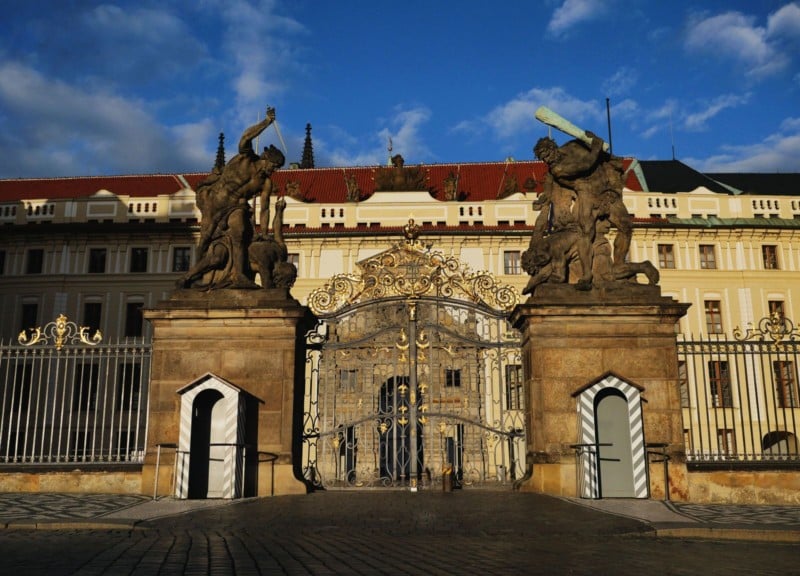
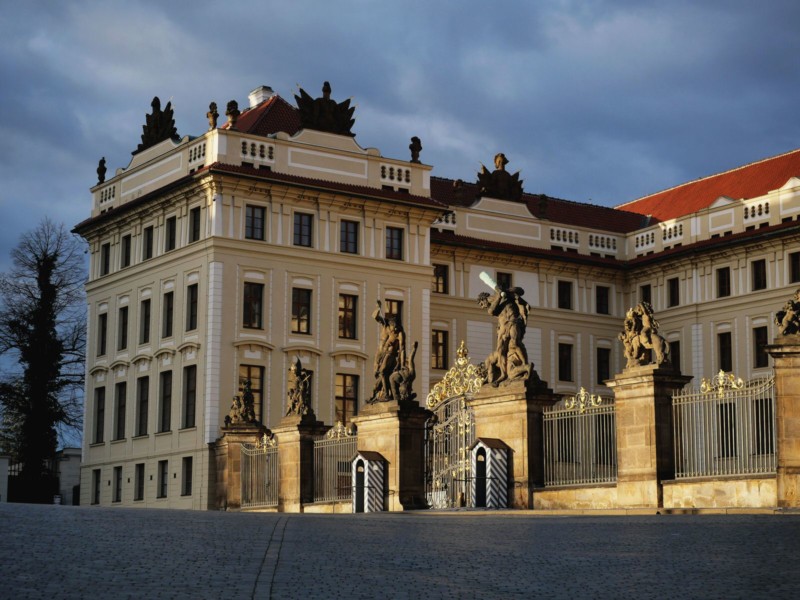
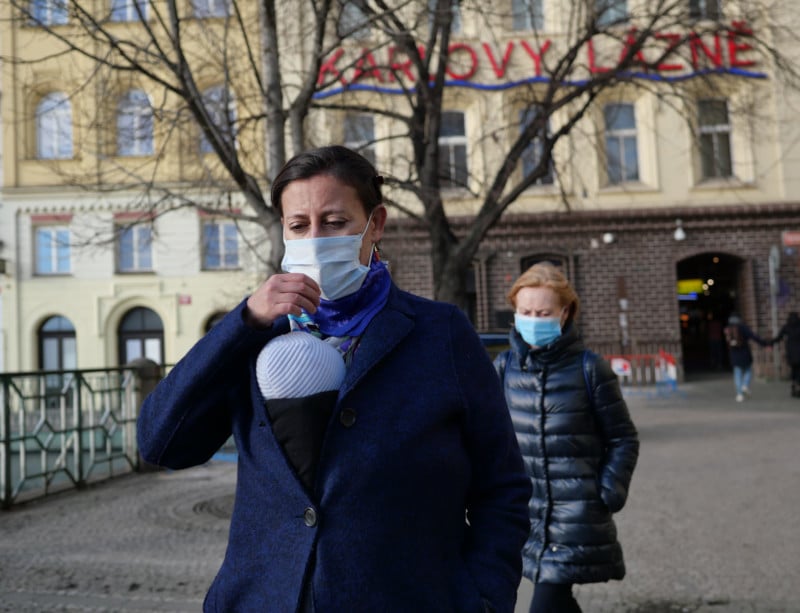

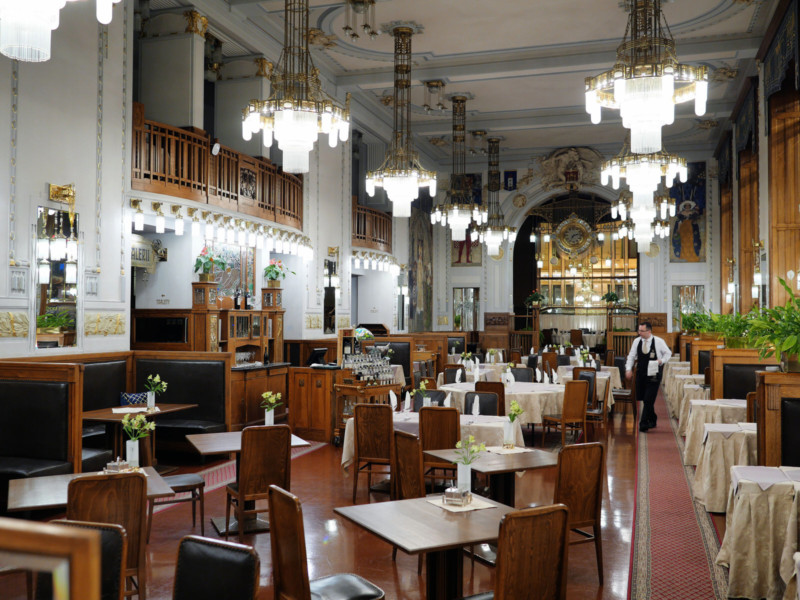
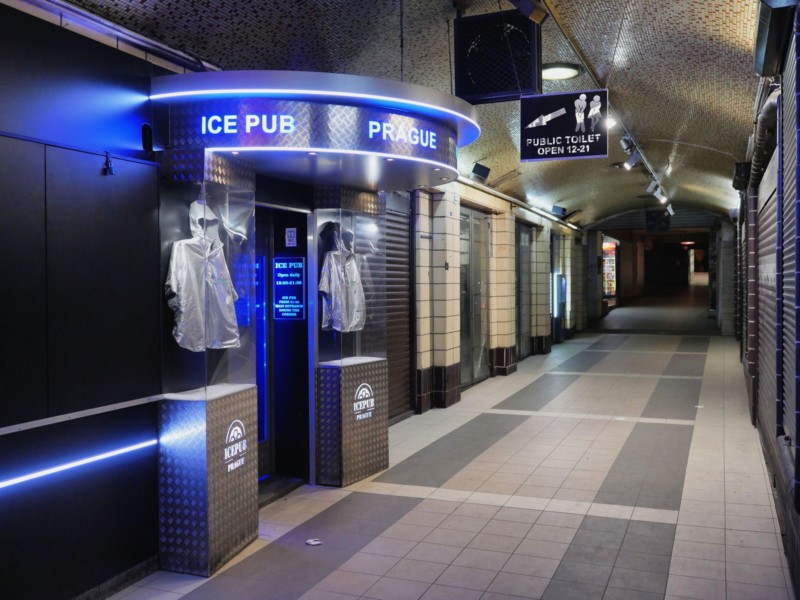
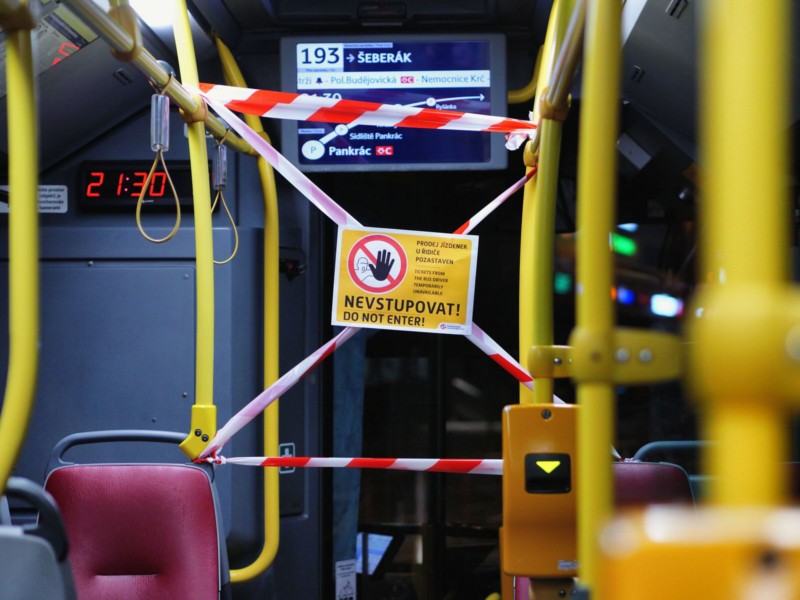
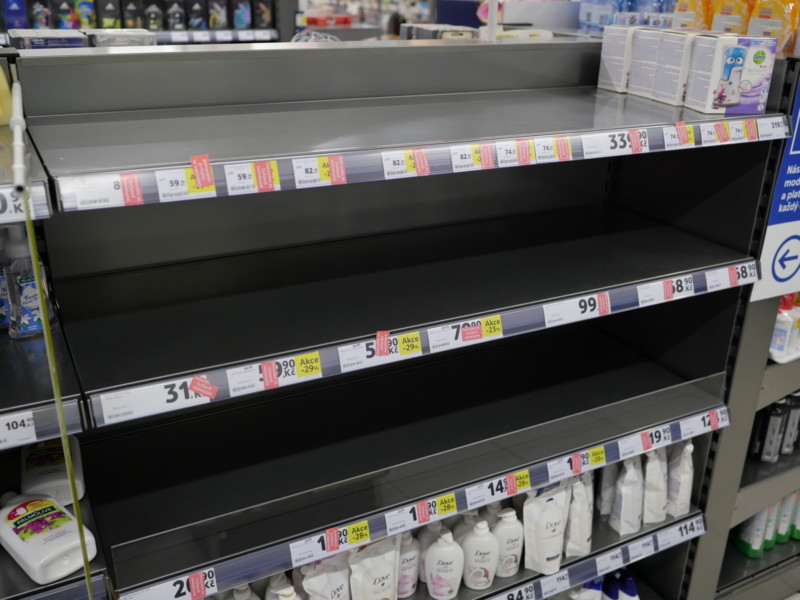

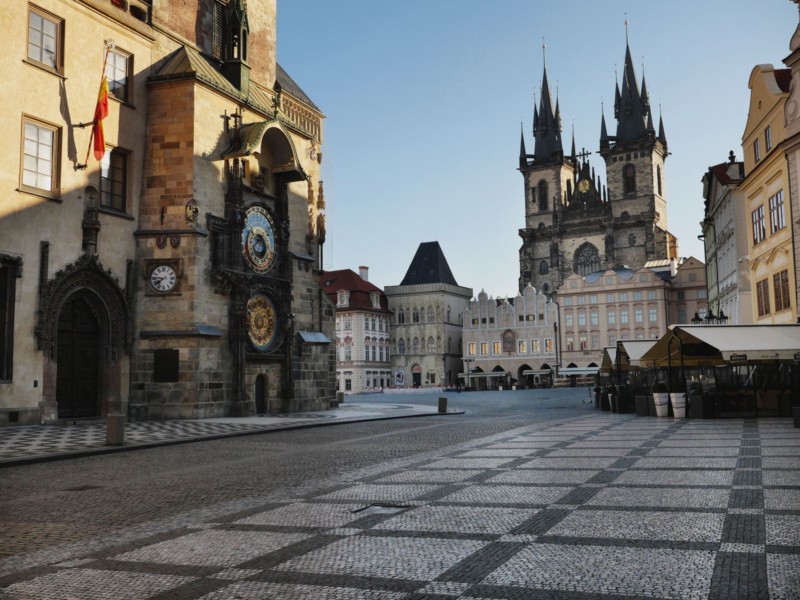

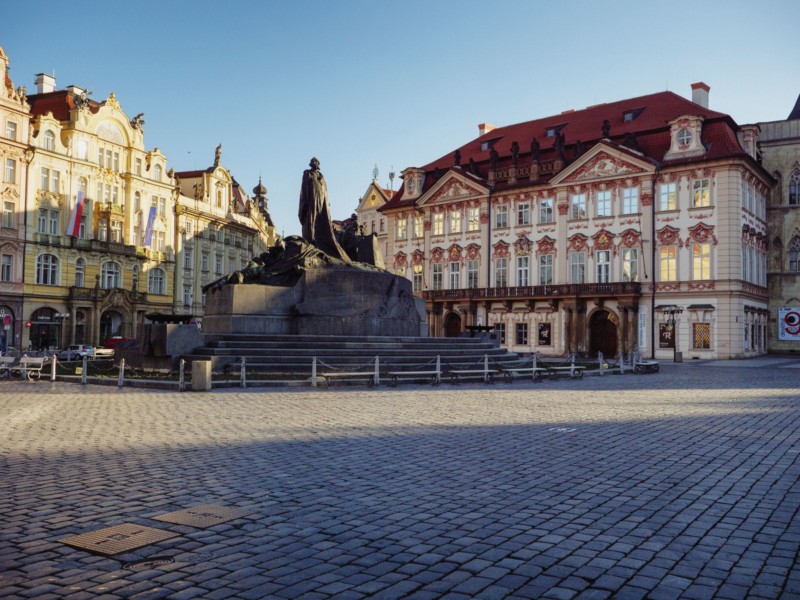
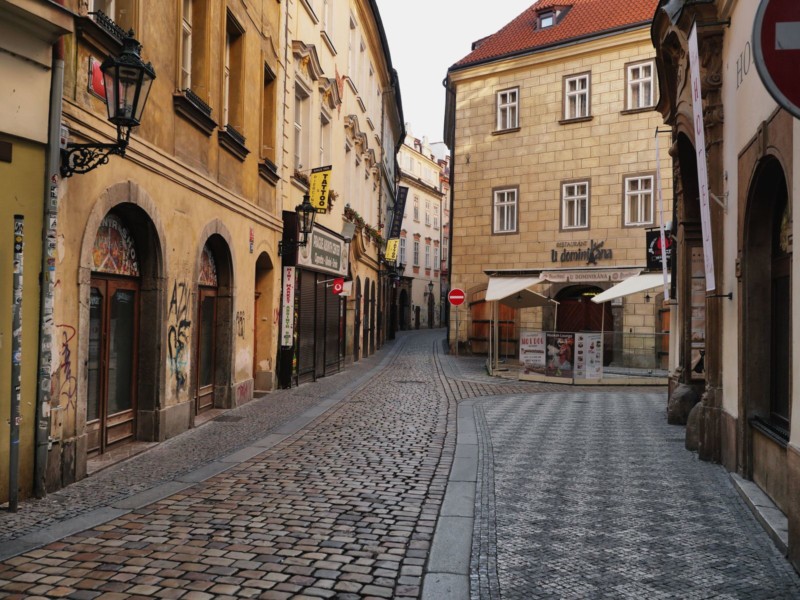
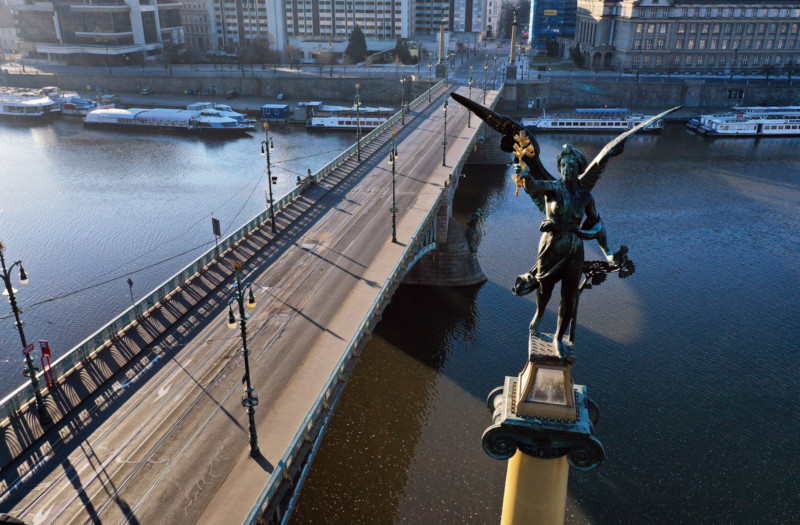
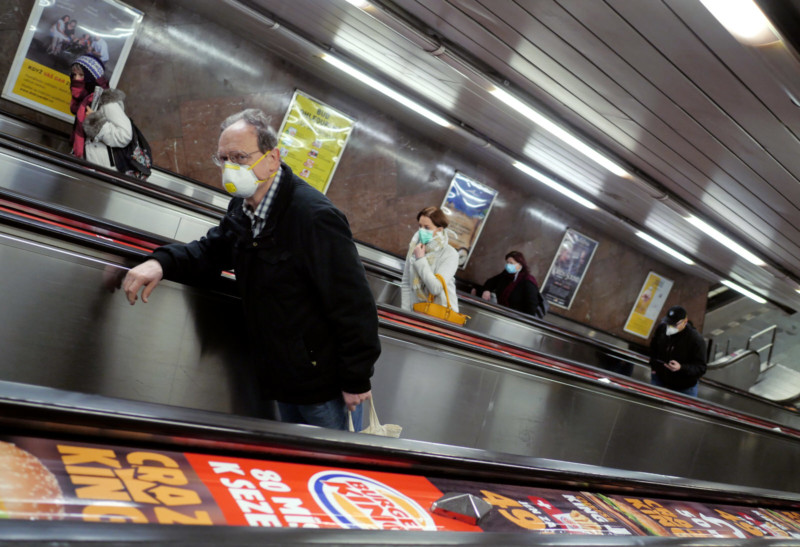
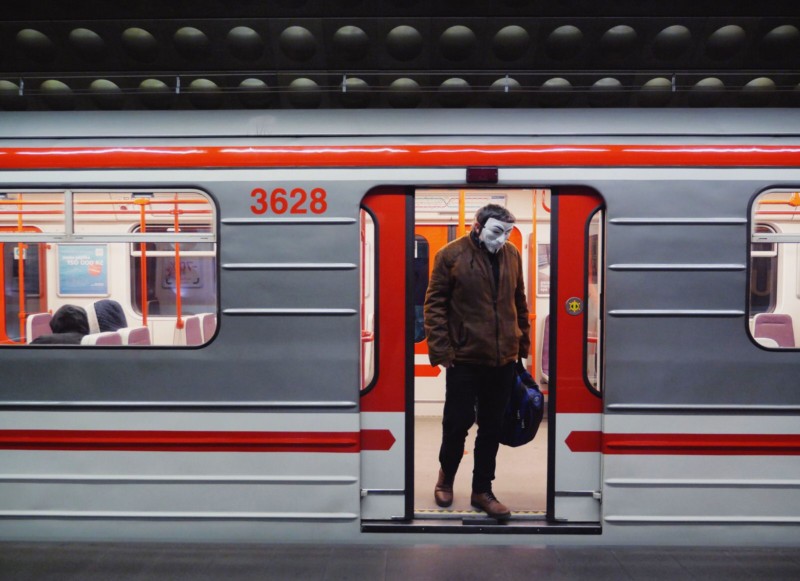
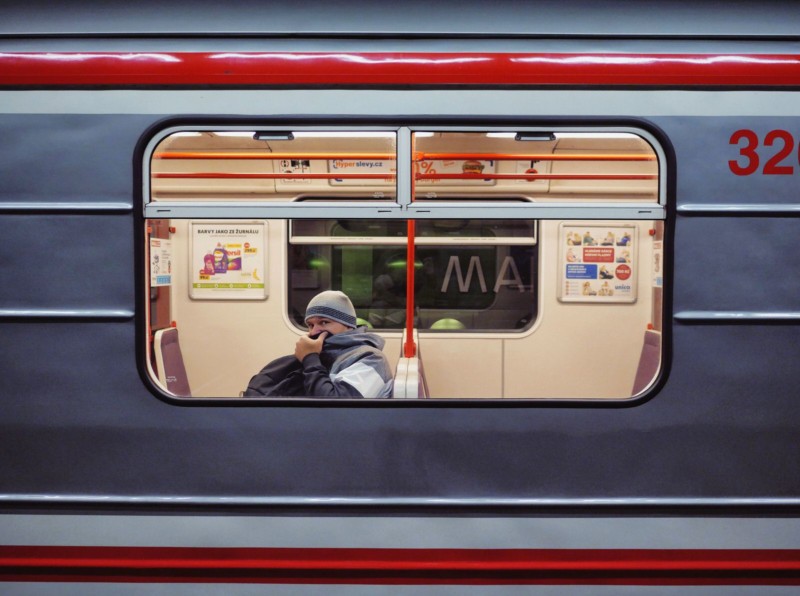

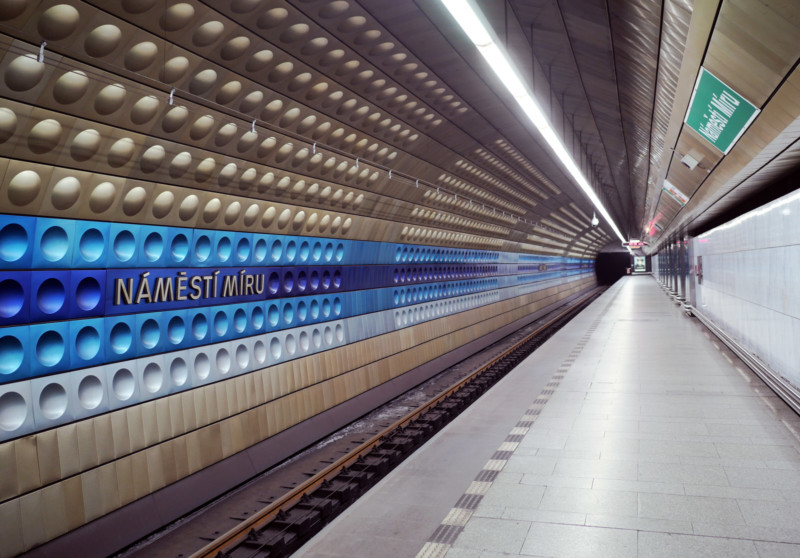

About the author: Amos Chapple is a New Zealand born, Europe-based photographer and writer whose work has been published in most of the world’s major news titles. You can find more of his work on his website, Facebook, and Instagram.